Rare comic books are valuable not just for their stories and artwork but also for their scarcity, especially when many were accidentally destroyed over the years. Whether through war efforts, environmental damage, or simple neglect, numerous iconic comics were lost to time. This article explores rare comic books that faced accidental destruction, detailing how these copies disappeared and why the few remaining are now some of the most sought-after collectibles in the world.
Detective Comics #27 (1939)

Detective Comics #27, which marks Batman’s first appearance, is one of the most iconic and valuable comic books in history. Unfortunately, during World War II, many copies were lost due to paper shortages. People were encouraged to recycle paper, and comic books were often the first to go, including this gem. Some families unknowingly handed in their comic collections, which included this rare issue, to support the war effort. Others were simply thrown away by parents who didn’t realize the future value. To make matters worse, post-war paper drives continued to diminish existing copies. With fewer than 100 known copies left in existence, it is a treasure that only a handful of collectors can claim today.
Amazing Fantasy #15 (1962)

The debut of Spider-Man in Amazing Fantasy #15 is one of the most significant moments in comic book history. However, many copies of this issue faced destruction at the hands of parents, who thought comics were merely disposable entertainment for kids. Additionally, like many comics of the time, they were carelessly left in basements or attics, where mold and water damage wreaked havoc. Some copies were also folded and creased, rendering them less valuable even if they survived. A well-preserved copy of this is incredibly rare due to these factors.
Action Comics #1 (1938)
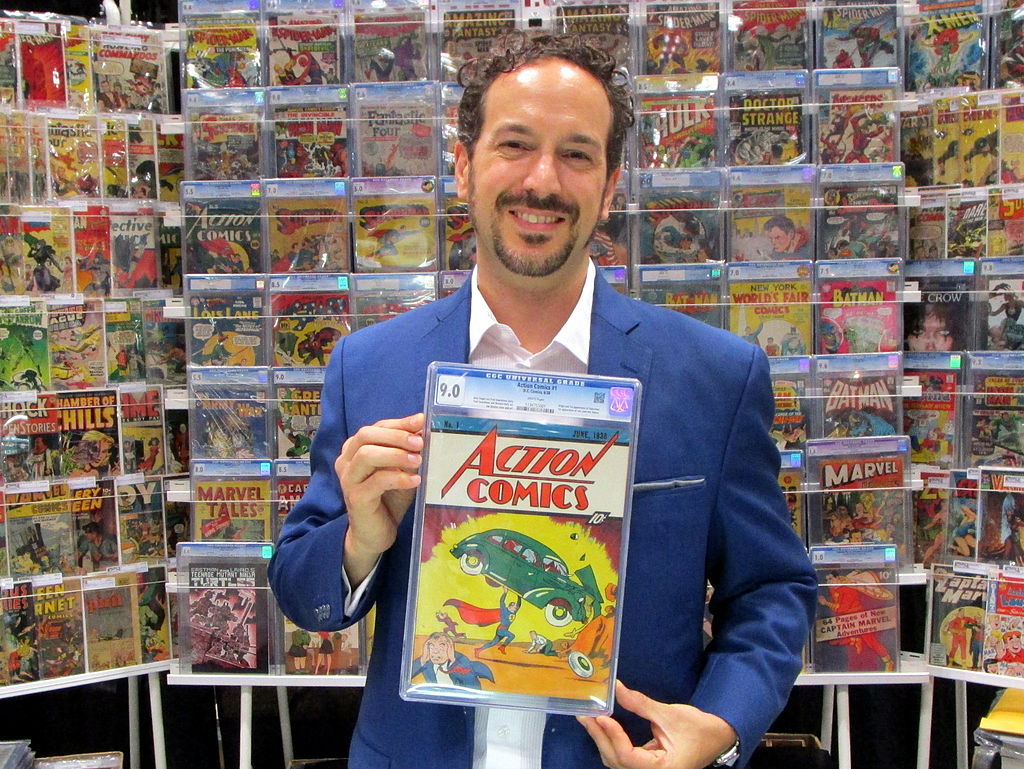
Action Comics #1, featuring Superman’s first appearance, is often regarded as the most valuable comic book ever. However, during its early years, many copies were discarded or repurposed during the Great Depression when people had to be frugal. In addition, since comic books were cheap and made of low-quality paper, they were often seen as ephemeral entertainment and tossed after reading. Many were also lost to house fires and other domestic accidents, given the flammable nature of the material. It wasn’t until years later that people began to realize its cultural and financial value, by which time the number of surviving copies had dwindled. Some copies were even destroyed intentionally as pulp recycling took hold.
Whiz Comics #2 (1940)
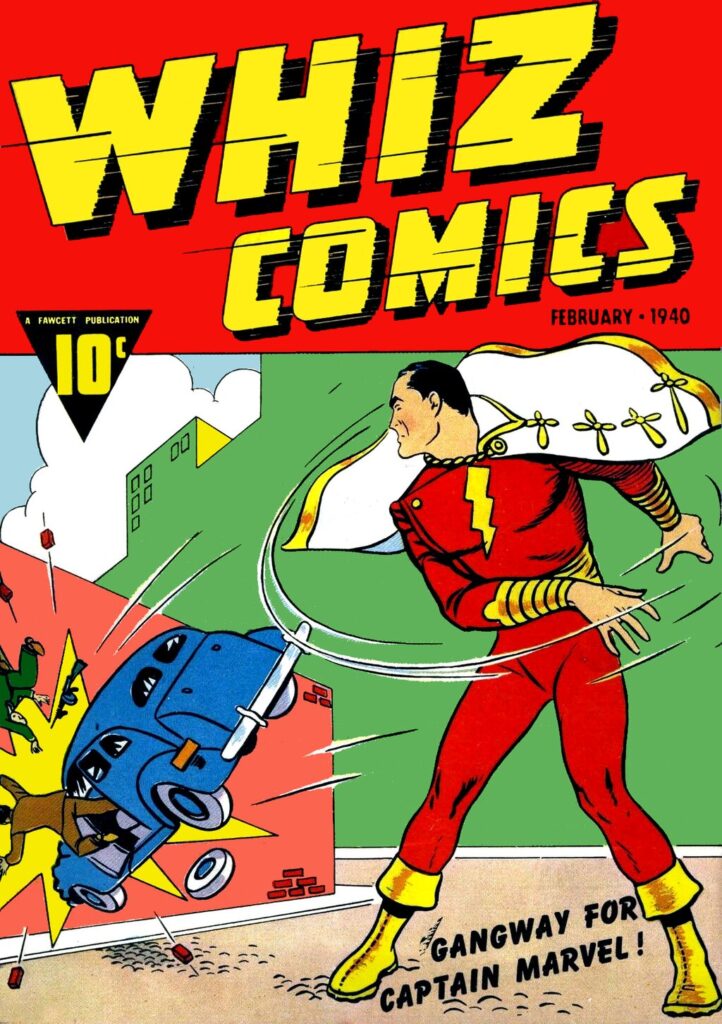
Whiz Comics #2 introduced Captain Marvel (later known as Shazam), but many copies were inadvertently destroyed during a legal battle with DC Comics over similarities to Superman. This legal trouble led to several print runs being recalled, and many unsold issues were destroyed to avoid further complications. Additionally, it was common at the time for unsold comic books to be pulped or discarded, leading to a sharp decrease in surviving copies. Parents often threw away their children’s comics, seeing no long-term value in them. Over the years, accidental water damage and mishandling further contributed to the loss of existing copies.
Fantastic Four #1 (1961)

Fantastic Four #1 marked the birth of Marvel’s first superhero team, yet many copies met unfortunate fates. In the 1960s, comic books were considered disposable, often thrown out by parents or simply worn down by enthusiastic young readers. Moreover, paper drives and recycling efforts in subsequent years led to the destruction of numerous copies. Some were left in poor storage conditions, like humid basements or attics, which caused them to mold and deteriorate. In certain cases, comic store owners returned unsold copies to distributors, where they were destroyed.
Marvel Comics #1 (1939)
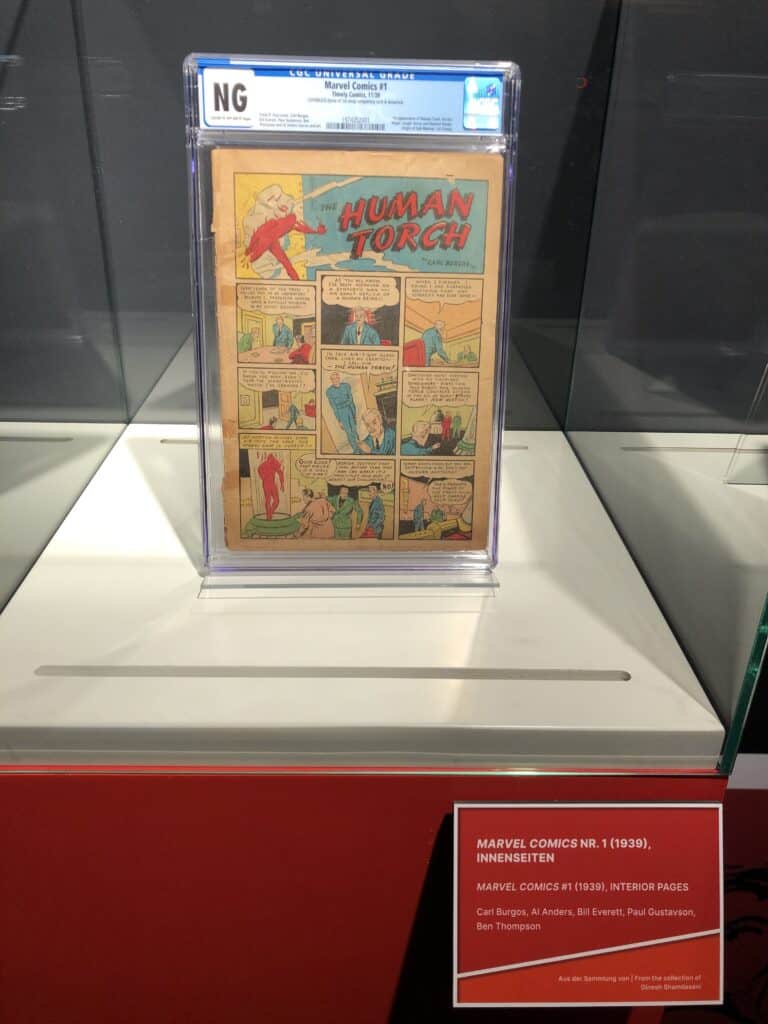
Marvel Comics #1 is a cornerstone of the Marvel Universe, featuring the debut of iconic characters like the Human Torch and Sub-Mariner. However, most early copies of this comic were destroyed either by mishandling or war-related recycling efforts. People often left their comics lying around, which led to natural wear and tear, and many copies were simply thrown away after reading. This issue also faced significant losses during the paper drives of World War II. Post-war, many surviving copies were further damaged by improper storage conditions, with humidity and temperature changes causing the paper to deteriorate. Some surviving copies were damaged by fire or water in homes, leading to their further rarity.
Superman #1 (1939)
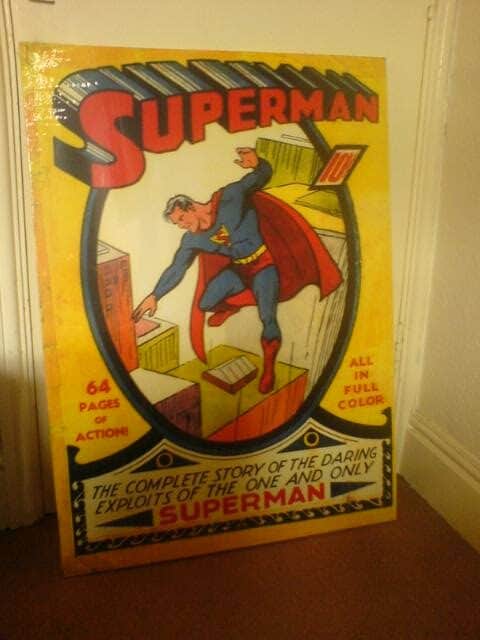
After the success of Action Comics #1, Superman received his own comic series with Superman #1. However, many copies were inadvertently destroyed in paper drives during World War II. Like many early comics, this issue was treated as disposable entertainment, and parents often discarded them without realizing their future value. Poor storage conditions, such as attics or basements, led to additional damage, including mold and mildew. Floods and house fires also contributed to the destruction of many copies.
All-American Comics #16 (1940)
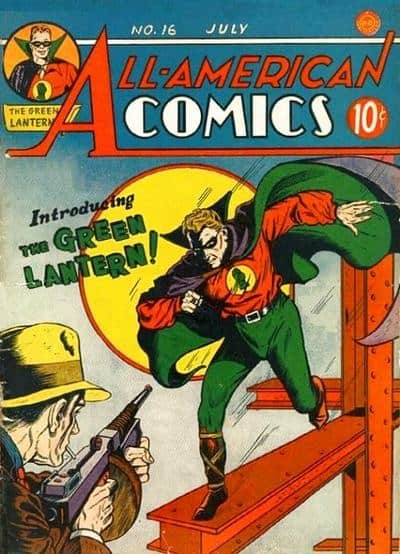
All-American Comics #16 introduced the original Green Lantern, a groundbreaking moment in comic history. Unfortunately, many copies were destroyed during the 1940s due to post-war paper drives and pulping practices that saw unsold comics returned to the publisher for destruction. Environmental factors such as mold and mildew from poor storage conditions, especially in attics and basements, also took their toll on this rare issue. Additionally, copies left exposed to sunlight often faded or suffered from brittle pages due to the paper’s poor quality. Accidental fires and household damage, such as water leaks, further contributed to the loss of this comic. Those that survived were often heavily read and mishandled, leaving few in good condition.
Tales of Suspense #39 (1963)
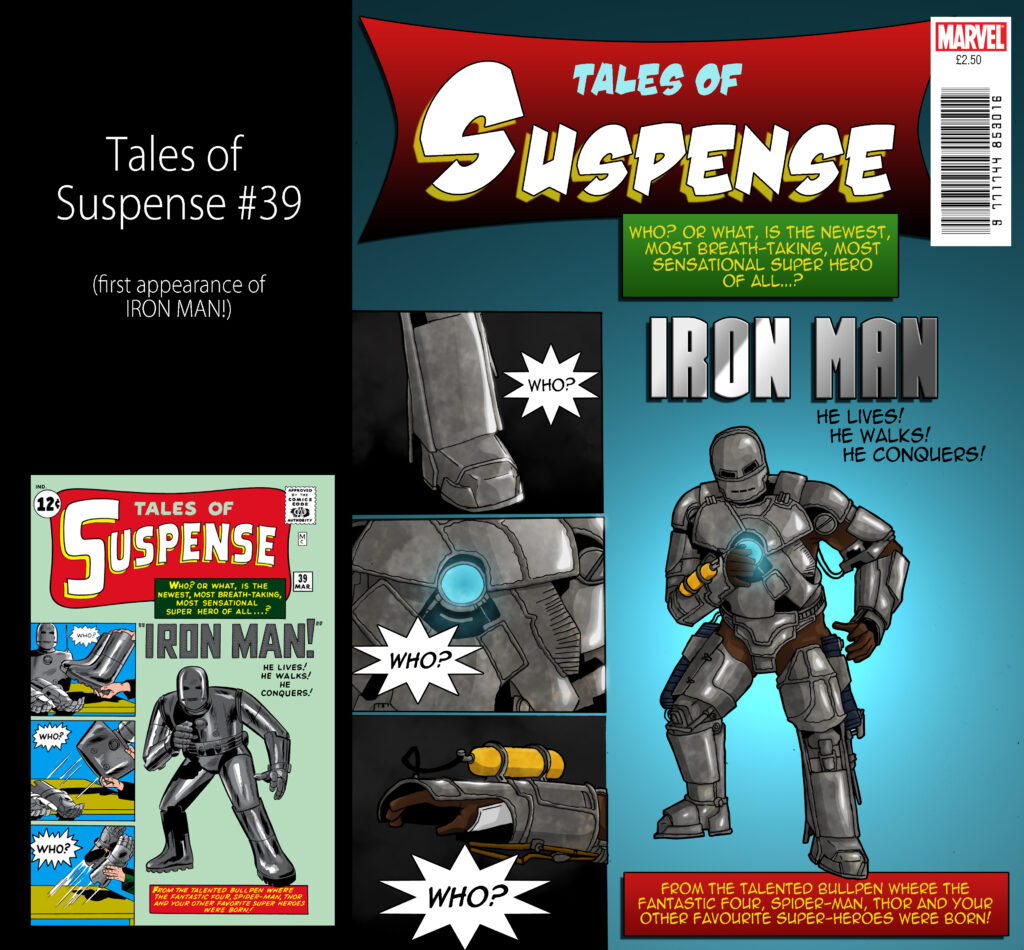
Tales of Suspense #39 marks the first appearance of Iron Man, one of Marvel’s most beloved superheroes. Unfortunately, many copies of this issue faced accidental destruction due to its release during a time when comics were viewed as disposable entertainment. Unsold copies were often pulped by distributors, reducing the number of surviving issues. Additionally, many young readers at the time would mishandle their comics, causing wear and tear, creases, or even outright destruction of pages. Poor storage practices in damp basements or attics also contributed to the deterioration of remaining copies. Some copies were even used for school art projects or thrown out during spring cleaning by parents.
Detective Comics #38 (1940)
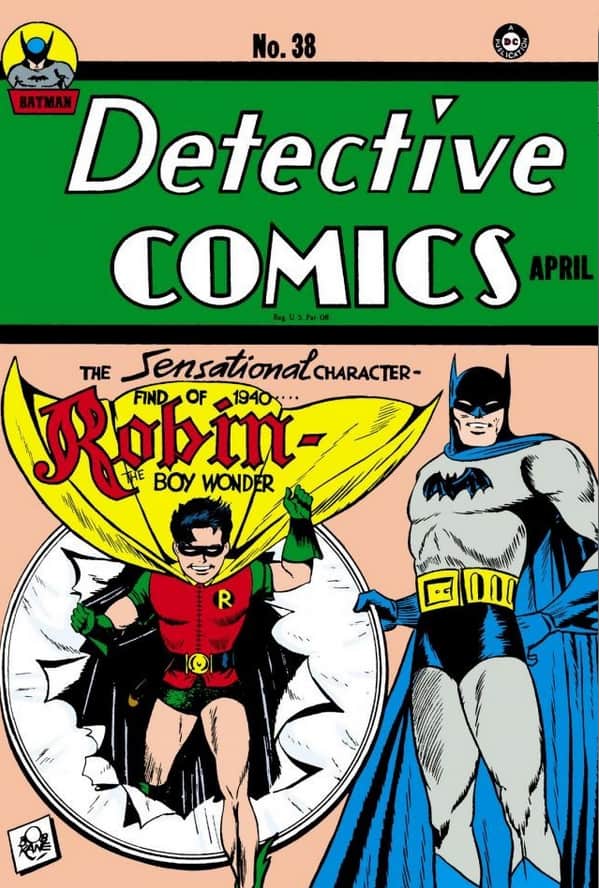
Detective Comics #38 is famous for introducing Robin, Batman’s first sidekick. However, many copies of this Golden Age comic were lost or damaged over time. During World War II, comic books were often recycled for paper drives, and this one was no exception. Many young readers mishandled their copies, leading to wear and tear or outright destruction. Poor storage conditions also contributed to the deterioration of remaining issues, with water damage, mildew, and pests taking their toll. Unsold copies were often returned to the publisher for destruction.
This article originally appeared on Rarest.org.
More from Rarest.org
The 16 Best Wildlife Safari Destinations in Africa

Africa is a treasure trove of wildlife and natural beauty. Its vast landscapes offer some of the best safari experiences in the world. These safari spots are not just about animals but also about the breathtaking scenery and the rich cultural heritage of the regions. Read More.
8 Treasured Vintage Perfume Bottles and Their Values

Vintage perfume bottles are more than containers; they are pieces of art. Collectors and enthusiasts treasure these relics for their craftsmanship and history. Read More.
10 Most Sought After Retro Kitchenware
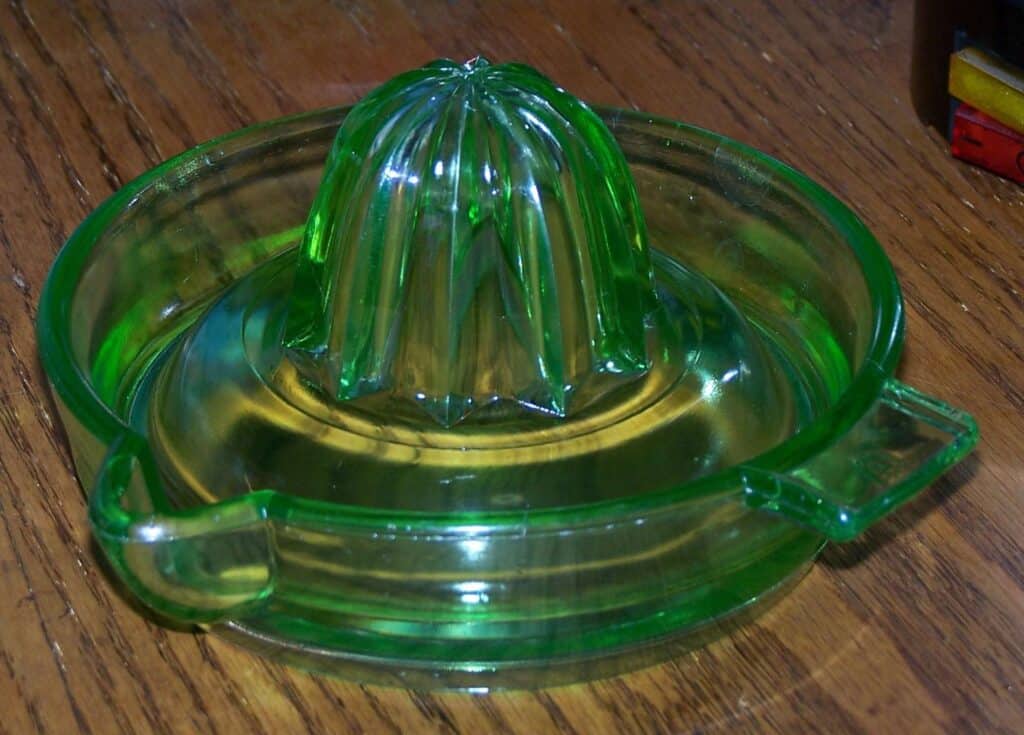
Retro kitchenware offers a nostalgic charm that continues to captivate collectors. From vibrant mixing bowls to elegant dinnerware, these vintage pieces bring both function and flair to any kitchen. Read More.
